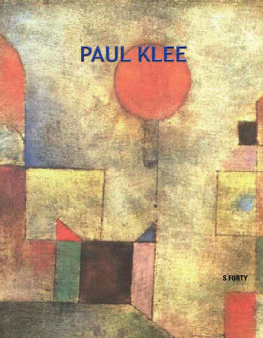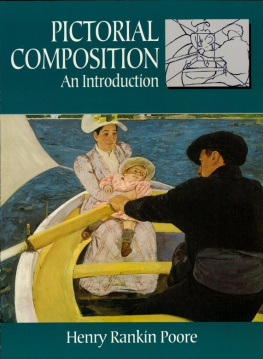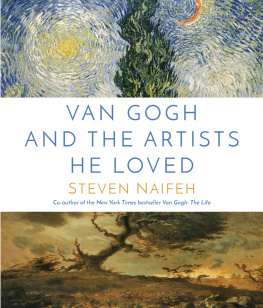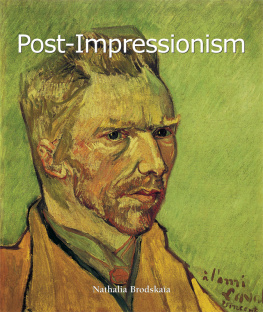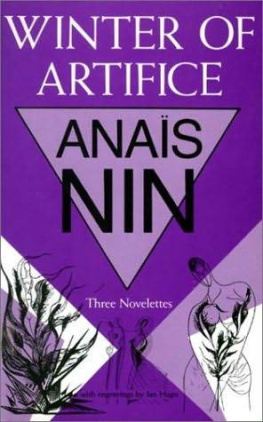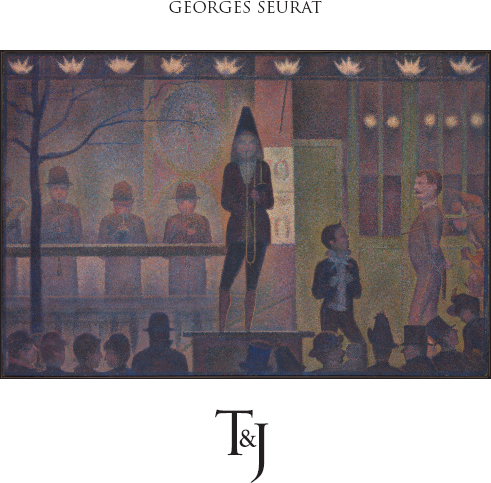
Published by TAJ Books International LLC 2014
5501 Kincross Lane
Charlotte, North Carolina, USA
28277
www.tajbooks.com
www.tajminibooks.com
Copyright 2014 TAJ Books International LLC
All rights reserved. No part of this publication may be reproduced, stored in a retrieval system, or transmitted in any form or by any means, electronic, mechanical, photocopying, recording, or otherwise, without the prior written permission of the Publisher and copyright holders.
All notations of errors or omissions (author inquiries, permissions) concerning the content of this book should be addressed to .
ISBN 978-1-84406-258-4
Printed in China
1 2 3 4 5 18 17 16 15 14

GEORGES SEURAT
18591891
G eorges Seurat was one of the most important Post-Impressionist painters to lead the way toward the modern era in art. He is best known for developing pointillism, an exacting and time-consuming technique whereby tiny dots of paint are combined to create a composition. But Seurat was far more than just a pedantic painter, he wasnt just interested in technique, he also wanted to portray contemporary life, especially scenes of bourgeois and working class urban leisure, all in a classical manner. The result of his work is stylized and considered, in complete contrast to the impetuous spontaneity of his precursors and contemporaries, the Impressionists.
In common with many other aspiring artists, Seurat was traditionally trained in the classical skills of composition, figure study, and methods of applying paint to canvas. He trained for a couple of years at the Ecole des Beaux-Arts in Paris before leaving to explore his own artistic theories. But his academic training never left him; he adapted what he had been taught to encompass modern methods of approach, such as the Impressionists had pioneered.
With his innovative and imaginative exploration of modern painting techniques, Seurat soon found himself to be one of the leaders of the next generation of artists after the Impressionists. This select group of artists Seurat, Paul Signac, and Camille Pissarro were later identified as the Neo-Impressionists. Seurat achieved rapid famemuch of it fuelled by controversy about his styleand was making swift progress toward accomplishing his artistic ideas when he died suddenly at the age ofjust 31.
Seurat had a life-long fascination with optical observations and experiments and taught himself to become a master of color theory and linear structures. He applied these theories to his art in a method he originally called chromoluminism, which was later changed to pointillism, and also occasionally called divisionism. Chromoluminism exploits the fact that contrasting or complementary colors when mixed optically as dabs of pure color become much brighter than if they are actually mixed together. This belief was based on optical theories of color relationships that in turn allowed Seurat to exploit the play of light across a painting.
On canvas this meant rather than just painting the apparent color or shade of an object, Seurat broke down the individual component colors and placed them in individual tiny dots or dashes so that the eye of the observer would see the overall color, but on closer inspection see each individual color component. Painted over a white background, the finished results were paintings that appear to shimmer with light and movement. Seurats color theories delved deeply into the expressive effects of different colorswarmth and coolnessas well as the contribution of lines to the different elements of an artwork.
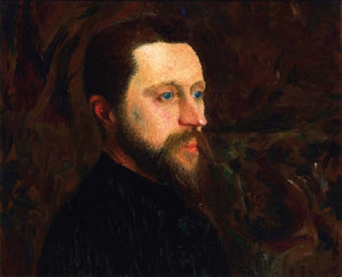
Portrait of Georges Seurat by Ernest-Joseph Laurent, c. 1890, Private Collection
Seurats subject matter and compositions are clearly influenced by the Impressionists, but filtered through his unique technique they become a completely different order of work. His strangely stilted paintings have a quality of stillness about them and are almost photographic in their detail. To accomplish them required astonishing self-discipline and concentration. Seurat became very influential in the work of other artists, although few took the lessons of color theory to such an extreme.
Georges-Pierre Seurat was born in Paris on December 2, 1859. His mother, Ernestine Faivre, came from a well-to-do Parisian artistic family and his father, Chrysostome- Antoine Seurat, was a financial official in La Villette. Seurats birth was welcomed by two older siblings, a brother Emile and a sister Marie-Berthe. When he was born, his eccentric and solitary father had already retired with sufficient money to spend much of his time in his villa at La Rainey, a small commune eight miles northeast of Paris, where he grew flowers. So Seurat and his siblings mostly lived alone with their mother in an apartment on the Boulevard de Magenta with their father visiting once a week on Tuesdays. When he was little, Seurat and his mother often spent time together in the nearby Parc des Buttes- Chaumont, one of the largest pleasure parks in Paris, full of exotic trees and imaginative features. Here he started people-watching and this intense interest laid the basis for his subsequent compositions.
When Seurat was 11 years old, during the Franco-Prussian War and then the subsequent Paris Commune, the family moved to the relative safety of Fontainebleau, but returned to central Paris when the conflicts had passed. His interest in art became apparent at a very young age, so his maternal uncle, Paul Haumont-Faivre, who earned his living as a textile dealer but was also a respectable amateur painter, gave the young man informal art lessons to encourage him.
Around the age of 16, Seurat studied formal drawing in evening classes at his local municipal art school where his teacher was the sculptor Justin Lequien. His early artistic heroes were Goya and Rembrandt, whose works he liked to copy. At art school he became friends with Edmond Franois Aman- Jean, and in February 1878 they went together to study academic painting at the rigorous Ecole des Beaux-Arts in Paris. There Seurat was taught the essential artistic disciplines by Henri Lehmann, a former pupil of the great Jean-Auguste Dominique Ingres. Much of his time was spent figure drawing from live models and plaster casts or copying old master paintings in the Louvre. In his free time he explored the museums, art galleries, and libraries of Paris, particularly admiring early Italian painting and the 17th-century French artists.
Seurat grew up to become a tall and handsome young man, with dark eyes, curly dark hair, and a fashionable beard. He was always immaculately, if soberly, dressed, wearing expensive suits and top hats. Edgar Degas rather waspishly called him le notaire, or the lawyer. He was quietly spoken and like his father naturally reclusive and secretive. He was very serious-minded and methodical, he liked his routines, and was not given to frivolity; rather than carousing with friends, he preferred to spend his money on books and sit quietly reading while he smoked his pipe. He was much more self-disciplined than his hedonistic artist friends and acquaintances.
During his time at the Ecole des Beaux- Arts, Seurat became interested in the science of optics and color theory and the ways in which they could be applied to painting. He was particularly taken by the French chemist Michel-Eugne Chevreuls De la loi du contraste simultan des couleurs
Next page




